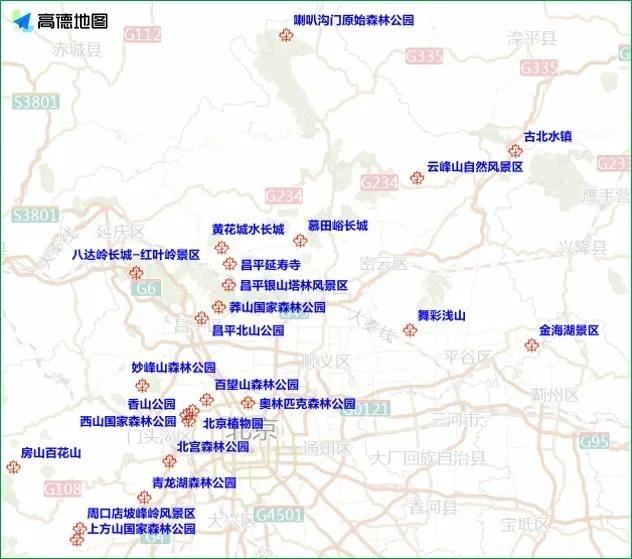现代人年夜部门苏醒的时候都是坐着的,不管是在家、通勤仍是上班。既然我们不能不久坐,那末采纳准确的坐姿就很主要。良多人都觉得准确的坐姿只有一种,但现实上,工作类型分歧,合适你的坐姿也分歧。

Option 1: upright sitting
选择一:挺立规矩地坐着
This is probably the posture you think of as “good” posture. The defining feature of this option is that the trunk is upright.
这极可能是你所觉得的“杰出”坐姿。这类坐姿的标记性特点是后背直直的。
A key component of upright sitting is that the feet can comfortably rest on a surface, whether the floor or a footstool. This position also makes it easy to adjust posture within the chair (fidget) and change posture to get out of the chair.
规矩坐姿的一个关头要素是双脚可以或许舒畅地放在平面上,不管是地板仍是脚凳。这一姿式可以或许让你轻松地在椅子里调剂坐姿(可以动来动往),也便利你改变姿式从而可以或许从椅子上站起来。
It’s also important the arms hang down from the shoulders vertically with elbows by the trunk, unless the forearms are supported on the work surface. Holding unsupported arms forward requires the muscles connecting the shoulder and neck to work harder. This often results in muscle fatigue and discomfort.
一样主要的是,胳膊要从肩部笔挺地垂下,手肘靠在身子旁边,除非前臂搁在工作台上。把没有支持的胳膊放在身体前面需要联络肩膀和脖子的肌肉更用力,这凡是会致使肌肉委靡和不适。
The head should be looking straight ahead or a little downwards. Looking upwards would increase tension in the neck and likely lead to discomfort.
头应当直直地向前看或略微向下看。向上看会增添颈部的严重感,也轻易引发不适。
This posture is useful for common office tasks such as working on a desktop computer.
这一坐姿合用于通俗的办公室工作,好比在台式机前工作。

Option 2: forward sitting
选择二:身体向前倾的坐姿
The defining feature of this posture is that the trunk is angled forward, and the arms are rested on the work surface. Allowing the thigh to point down at an angle may make it easier to maintain an inward curve in your lower back, which is suggested to reduce low back stress.
这一坐姿的标记性特点是身体向前倾,胳膊靠在工作台上。让年夜腿以某个角度向下倾,可以更轻易地让下背连结向内曲折的姿态,听说如许能减缓下背部压力。
For a time, special chairs were developed to enable the thigh to be angled downwards, and usually had a feature to block the knees, stopping the person sliding off the angled seat base.
曩昔曾研发出一种特别椅子,能让年夜腿的角度向下倾,并且凡是带有反对膝盖的设计,禁止坐位上的人顺着倾斜角度往下滑。
By perching on the front of an ordinary chair and resting your elbows on the work surface, you can use this posture to provide variety in sitting. This posture is useful for tasks such as drawing or handwriting on a flat work surface, either with paper or a touch screen device.
坐在通俗椅子的前端,把胳膊靠在工作台上,如许坐可让你的坐姿更多样化。这类坐姿合用于在平面工作台上用纸或触摸屏装备画画、写字。

Option 3: reclined sitting
选择三:靠着椅背坐
The defining feature of the third option is the trunk is angled backward, supported by the chair’s backrest. Back muscle activity is lowest in this posture, as some of the upper body weight is taken by the chair.
第三种坐姿的标记性特点是,身体向后倾,靠在椅背上。如许坐,后背的肌肉勾当是起码的,由于上半身的一部门重量被椅子抵消了。
This position may reduce the risk of fatigue in the back muscles and resultant discomfort. But sitting like this for hours each day may result in the back muscles being more vulnerable to fatigue in the future.
这类坐姿可以下降背部肌肉委靡和由此激发不适的风险。但天天持续数小时这么坐,可能会致使后背肌肉在将来更轻易感应委靡。
This posture is useful for meetings and phone conversations. But it doesn’t work well for handwriting or using a computer as the arms need to be held forwards for these things, requiring neck and shoulder muscle activity likely to result in discomfort.
这类坐姿合适开会和德律风漫谈,但不合适写字或用电脑工作,由于做这些事的时辰胳膊要向前放,采纳这类坐姿完成需要颈部和肩膀肌肉勾当的工作会激发不适。

看到这里,你必然已知道最合适本身的坐姿是哪种了。不外,再好的坐姿,若是长时候连结不变,城市成为欠好的坐姿。常常变换坐姿,多动一动才能削减久坐的风险!






